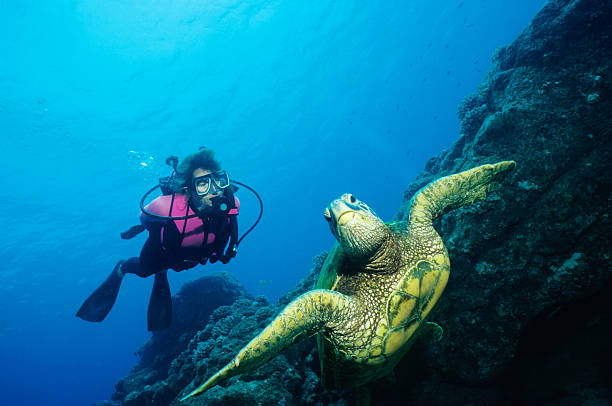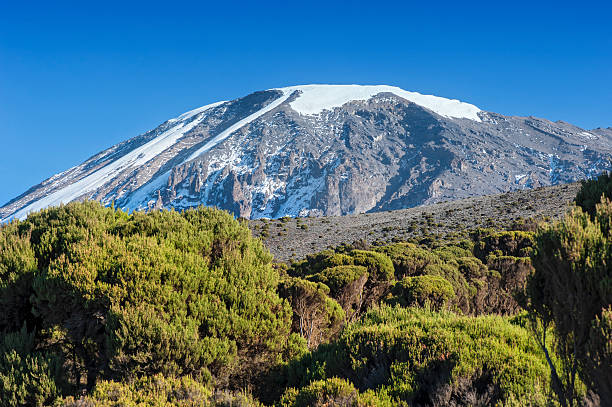Exploring the Wild Wonders of Tanzania Safari, Mount Kilimanjaro trekking and Zanzibar Beach Holidays
Tanzania Safari Agency can help you embark on an unforgettable journey through this enchanting country, providing expert guidance, personalized itineraries, and a seamless safari experience. Tanzania, located on the eastern coast of Africa, is renowned for its breathtaking landscapes, diverse wildlife, and vibrant culture.
Tanzania Safari Agency specializes in organizing Tanzania Wildlife safaris, Mount Kilimanjaro Trekking, Wheelchair Accessible Holidays, Motorcycle Tours, Motorbike Safari, Zanzibar beach Holidays and other travel experiences in Tanzania. We cater to the needs of adventure seekers, nature lovers, and wildlife enthusiasts who wish to explore the stunning national parks, game reserves, and conservation areas that Tanzania has to offer.
Here are some of the services provided by a Tanzania Safari Agency:
Tailor-made Itineraries: We understand that every traveler has unique preferences and requirements when it comes to wildlife safaris Tanzania. We work closely with clients to create custom itineraries that suit their interests, budget, and desired duration of the safari. Whether you want to witness the Great Wildebeest Migration in the Serengeti, embark on a trek up Mount Kilimanjaro, or relax on the idyllic beaches of Zanzibar, a Tanzania Safari Agency can craft the perfect itinerary for you.
Accommodation and Transportation: Tanzania Safari Agency takes care of all travel arrangements, including accommodation, transportation, and internal flights. We have partnerships with a wide range of lodges, tented camps, and resorts located in close proximity to national parks and wildlife-rich areas. These accommodations can range from luxurious lodges to budget-friendly campsites, ensuring that there are options to suit every traveler’s preferences.
Experienced Guides: One of the key advantages of booking a safari through a Tanzania Safari Agency is the opportunity to have experienced and knowledgeable guides accompany you throughout your journey. These guides are well-versed in the local flora and fauna, ensuring that you have a deeper understanding of the wildlife and ecosystems you encounter. They also prioritize your safety and are trained to handle any situations that may arise during your safari.
Best things to Do in Your Trip to Tanzania
Activity, Adventure & Leisure Trip to Tanzania
Wildlife Experiences: Tanzania is home to some of Africa's most iconic wildlife, including lions, elephants, rhinos, leopards, and buffalo. Tanzania Safari Agency can arrange game drives in national parks such as the Serengeti, Ngorongoro Crater, Tarangire, and Manyara, allowing you to witness these majestic creatures in their natural habitat. Additionally, they can organize other wildlife experiences such as walking safaris, bird watching tours, and hot air balloon rides, offering diverse opportunities to explore Tanzania's incredible biodiversity.
Cultural Encounters: Tanzania is a melting pot of cultures and traditions, with over 120 different ethnic groups. Tanzania Safari Agency can incorporate cultural experiences into your itinerary, including visits to Maasai villages, traditional dance performances, and interactions with local artisans. These encounters provide a deeper appreciation of Tanzania's rich cultural heritage and allow for meaningful exchanges with local communities.
Embark on a Memorable Tanzania Holiday:
Tanzania Safari Agency can turn your dream of exploring the wild wonders of East Africa into a reality. With our expertise, local knowledge, and attention to detail, we can provide you with a seamless and unforgettable safari experience. So, get ready to witness the incredible wildlife, breathtaking landscapes, and vibrant culture of Tanzania with the assistance of our expert Holiday Advisors.




























